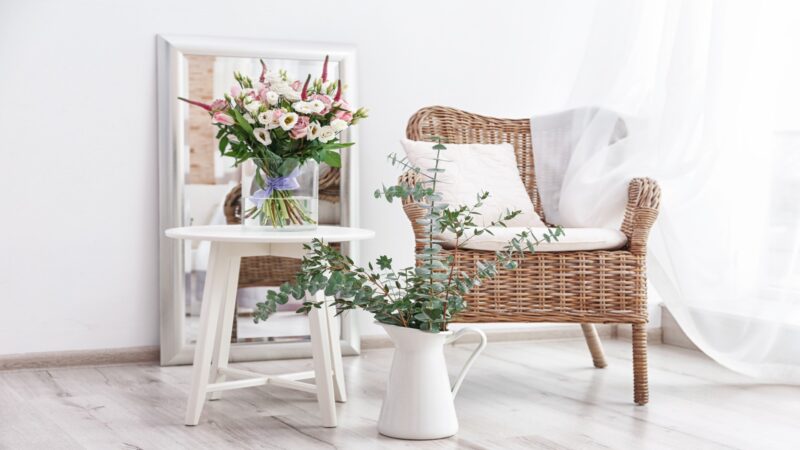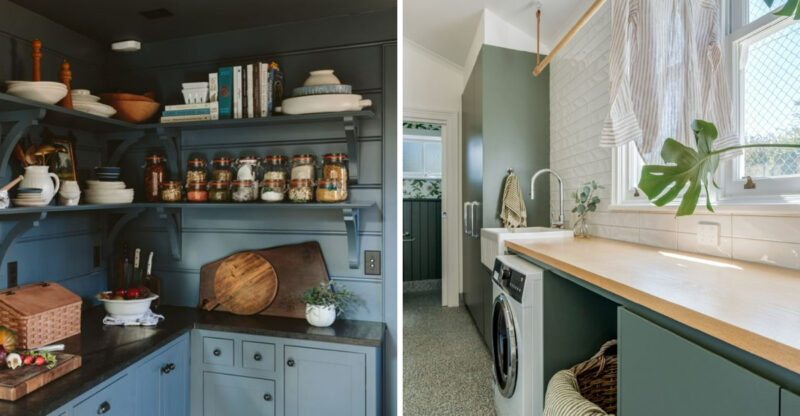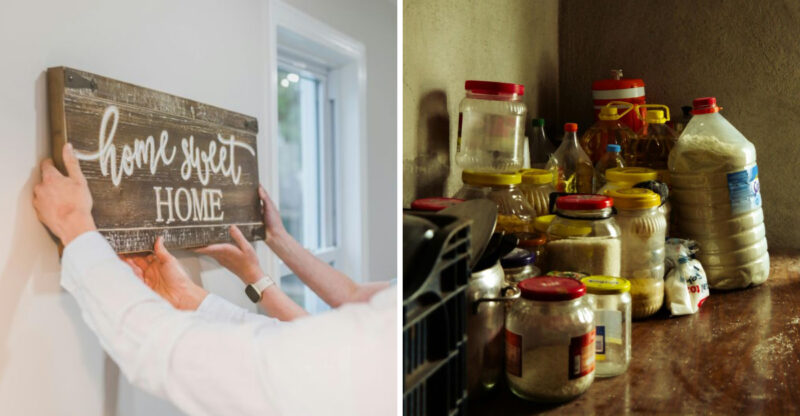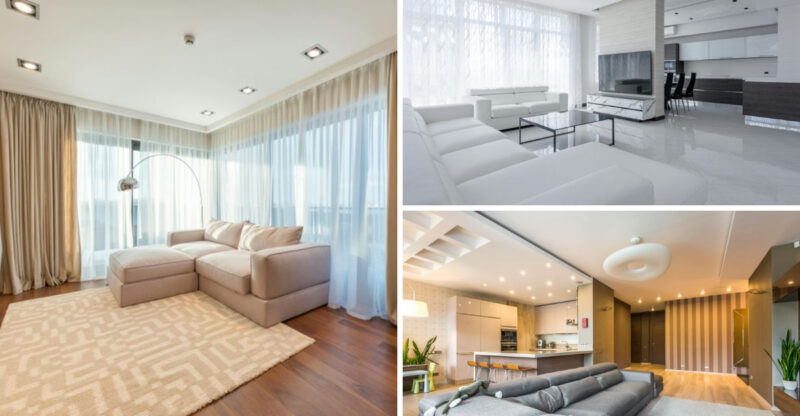8 Mistakes That Can Undermine Comfort In Garden Rooms
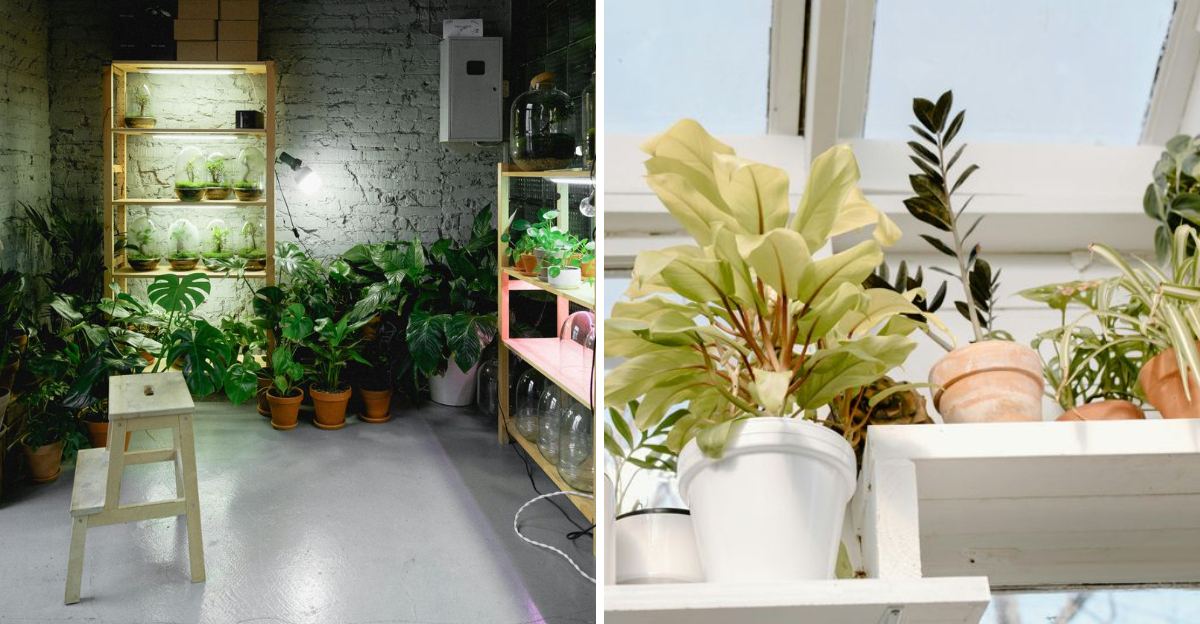
Garden rooms offer a wonderful escape from the bustle of main house living. These peaceful retreats connect us with nature while providing a comfortable space for relaxation or work.
However, even the most beautiful garden room can feel uncomfortable if certain common mistakes are made during planning and setup.
This content is for general information only; seek professional advice for specific projects.
1. Poor Insulation Choices
Skimping on proper insulation transforms your garden room into a temperature nightmare. During winter, heat escapes quickly, forcing you to bundle up in layers just to spend time there. Summer brings the opposite problem, with the space becoming unbearably hot.
Quality insulation in walls, floors, and ceiling creates a comfortable environment year-round. The initial investment pays off through energy savings and extended usability of your garden space throughout changing seasons.
2. Ignoring Natural Light Considerations
Many garden room owners position their structures without thinking about sunlight patterns. The result? Dark, gloomy spaces during prime usage hours or blinding glare making screens unreadable during work sessions. Proper window placement makes all the difference.
Analyzing sun patterns throughout different seasons helps determine optimal orientation. Strategic placement of windows on southern and eastern walls generally provides balanced natural lighting without creating uncomfortable hot spots or excessive shade.
3. Overlooking Proper Ventilation
Fresh air circulation remains essential for any comfortable space. Garden rooms without adequate ventilation quickly become stuffy, trap odors, and develop condensation issues that lead to mold growth and damaged furnishings.
Installing operable windows on opposite walls creates cross-ventilation that refreshes the entire space. Adding ceiling fans or small air circulation systems helps maintain comfort even when outdoor conditions make opening windows impractical due to temperature extremes or allergen concerns.
4. Selecting Inappropriate Flooring
Cold, hard floors make garden rooms feel unwelcoming regardless of other comfort elements. Stone or ceramic tiles without underfloor heating create a chilly barrier between you and relaxation. Carpets might seem cozy initially but often trap moisture in garden environments.
Engineered wood or luxury vinyl planks offer warmth and durability while resisting humidity fluctuations. These materials provide comfort underfoot without excessive maintenance requirements. Adding area rugs creates additional warmth zones without the drawbacks of wall-to-wall carpeting.
5. Furniture That Fights The Space
Bulky indoor furniture overwhelms garden rooms, creating awkward traffic patterns and visual clutter. Pieces designed for climate-controlled environments often deteriorate quickly when exposed to temperature and humidity fluctuations typical in these transitional spaces.
Selecting appropriately scaled furniture with weather-resistant properties ensures lasting comfort. Modular pieces that can be reconfigured based on activities provide flexibility without sacrificing precious square footage. Storage-integrated furniture helps maintain an uncluttered, peaceful atmosphere.
6. Neglecting Sound Management
Garden rooms with hard surfaces create echo chambers where conversations bounce uncomfortably. Thin walls and windows allow neighborhood noises to intrude, disrupting the peaceful retreat you envisioned. Sound management often gets overlooked during planning stages.
Incorporating soft elements like curtains, upholstered furniture, and acoustic panels absorbs sound waves. Properly sealed windows with appropriate glazing reduce external noise penetration. Strategic placement of bookcases against shared walls creates additional sound barriers while adding functional storage.
7. Electrical Planning Shortfalls
Insufficient outlets force users to stretch dangerous extension cords across walkways. Poorly placed switches require awkward fumbling in the dark. These electrical oversights transform a relaxing retreat into a frustrating experience every time you use the space.
Creating an electrical plan based on actual usage patterns prevents these headaches. Including outlets at seated height eliminates constant bending. Installing three-way switches at entry points and strategic locations ensures lighting control from anywhere in the room, enhancing both safety and convenience.
8. Forgetting Climate Control Systems
Temperature fluctuations make garden rooms unusable during extreme seasons. Without proper heating and cooling solutions, your beautiful space sits empty precisely when you might most appreciate an escape from the main house. Climate control requires thoughtful planning.
Mini-split systems provide efficient heating and cooling without requiring extensive ductwork. Ceiling fans help circulate air year-round, improving comfort regardless of season. Supplemental options like infrared heaters or portable air conditioning units offer targeted climate management for specific usage patterns.

